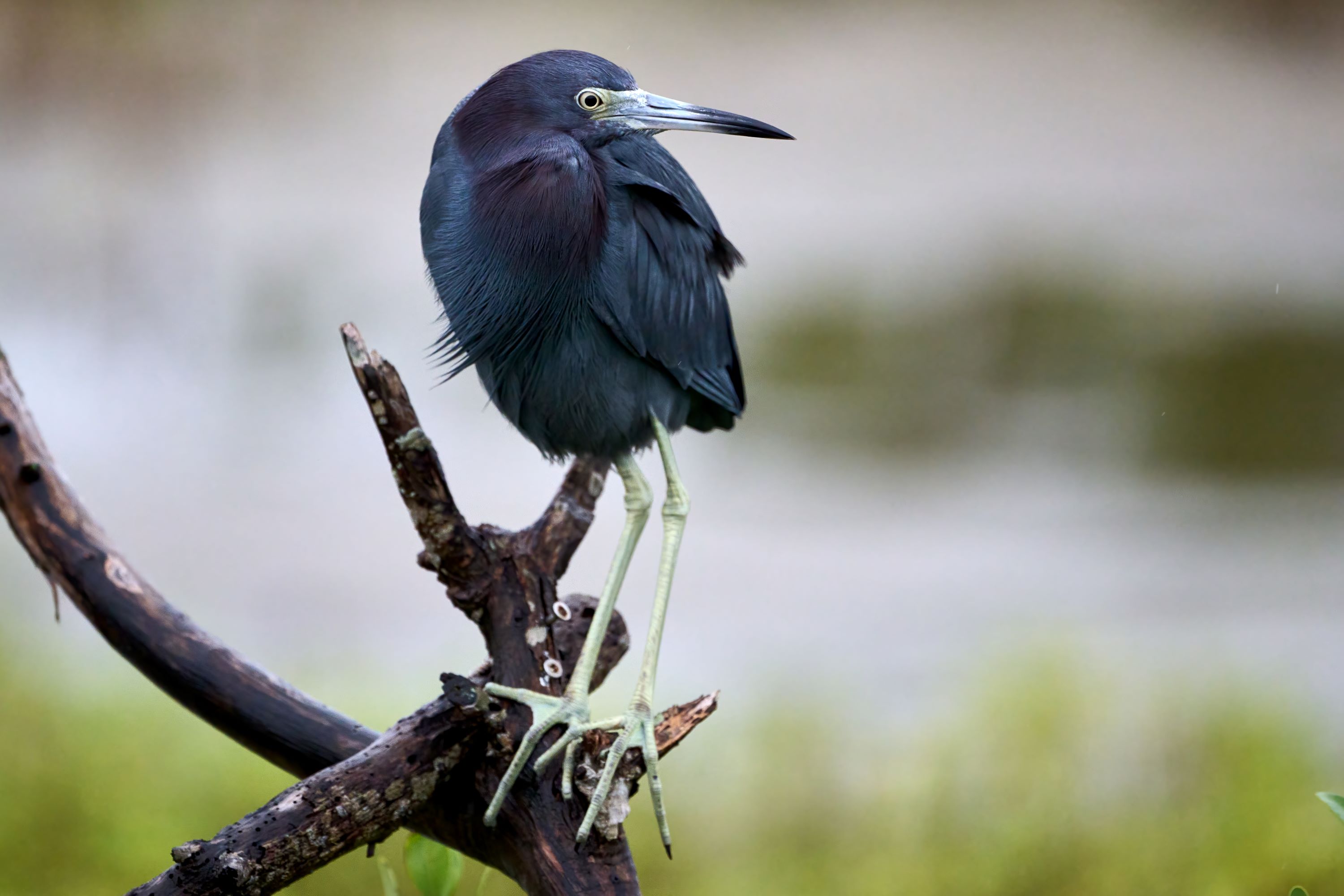
Egretta: The Diverse Genus of Egrets
Introduction to the Genus Egretta
The genus Egretta is a diverse and fascinating group within the heron family, Ardeidae, encompassing various species of egrets known for their elegant appearance and distinct behaviors. These birds are a familiar and beloved sight in wetland habitats around the world.
Physical Characteristics
Egretta species range in size from medium to small for herons, with most species standing between 55 to 70 cm tall. They are characterized by their slender bodies, long necks, and legs, and typically have pointed bills. While plumage color varies among species, it often includes shades of white, blue, and gray.
Habitat and Distribution
Members of the Egretta genus inhabit a wide range of wetland environments, including marshes, riverbanks, lakes, and coastal areas. Their distribution spans across all continents except Antarctica, with each species adapting to its specific regional conditions.
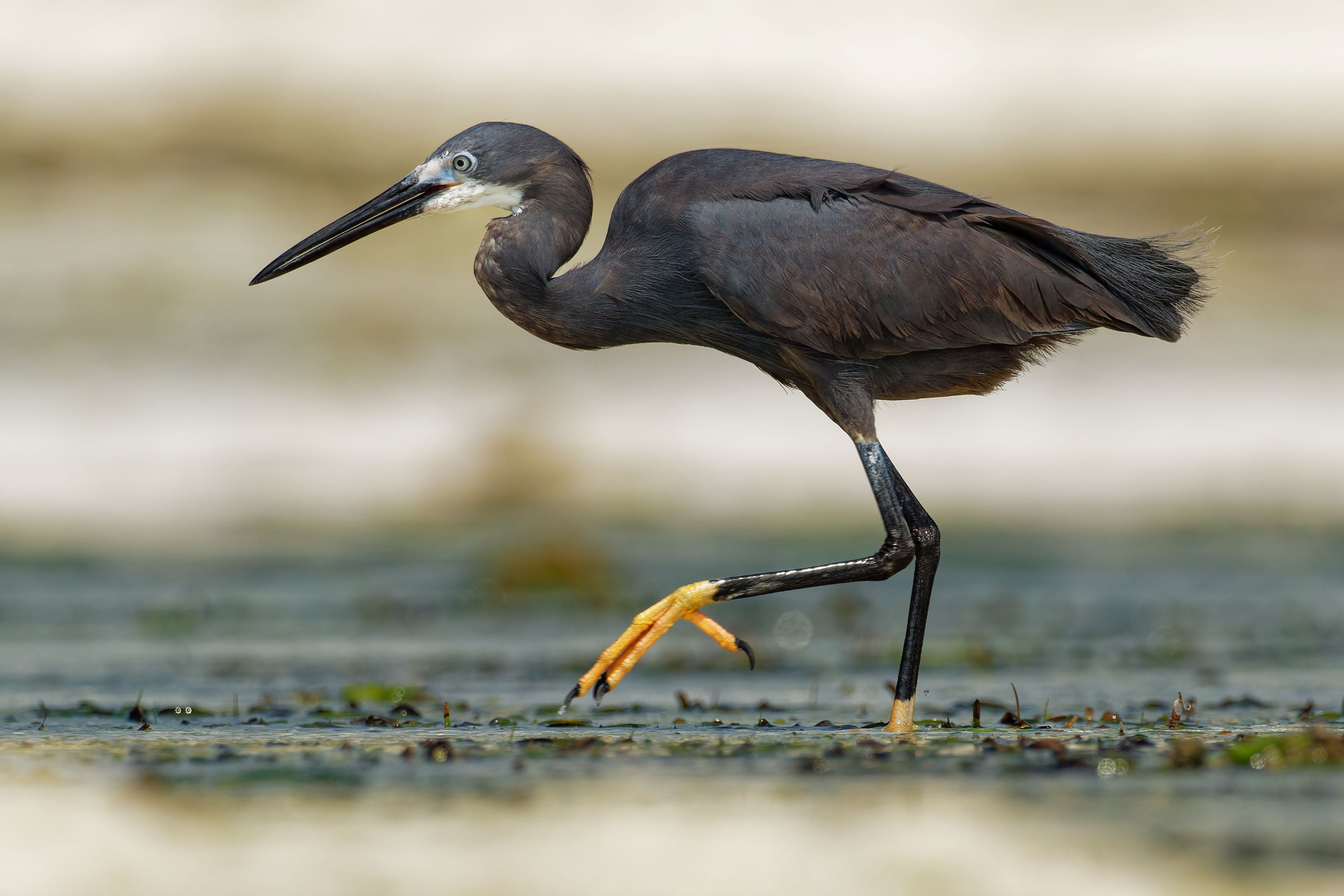
Behavior and Lifestyle
Egretta egrets are known for their distinct foraging behavior, often seen wading in shallow waters in search of food. They can be solitary or social, depending on the species and environmental factors. Some species are migratory, traveling long distances between breeding and wintering grounds.
Feeding Habits
Their diet mainly consists of fish, crustaceans, amphibians, and insects. Egretta egrets employ various hunting techniques, from standing still and waiting for prey to actively chasing down their food in the water.
Breeding and Nesting Habits
Most Egretta species breed in colonies that can include other heron and egret species. They typically build nests in trees, shrubs, or reeds near water bodies. These nests are made from sticks and twigs and are often reused and added to each year.
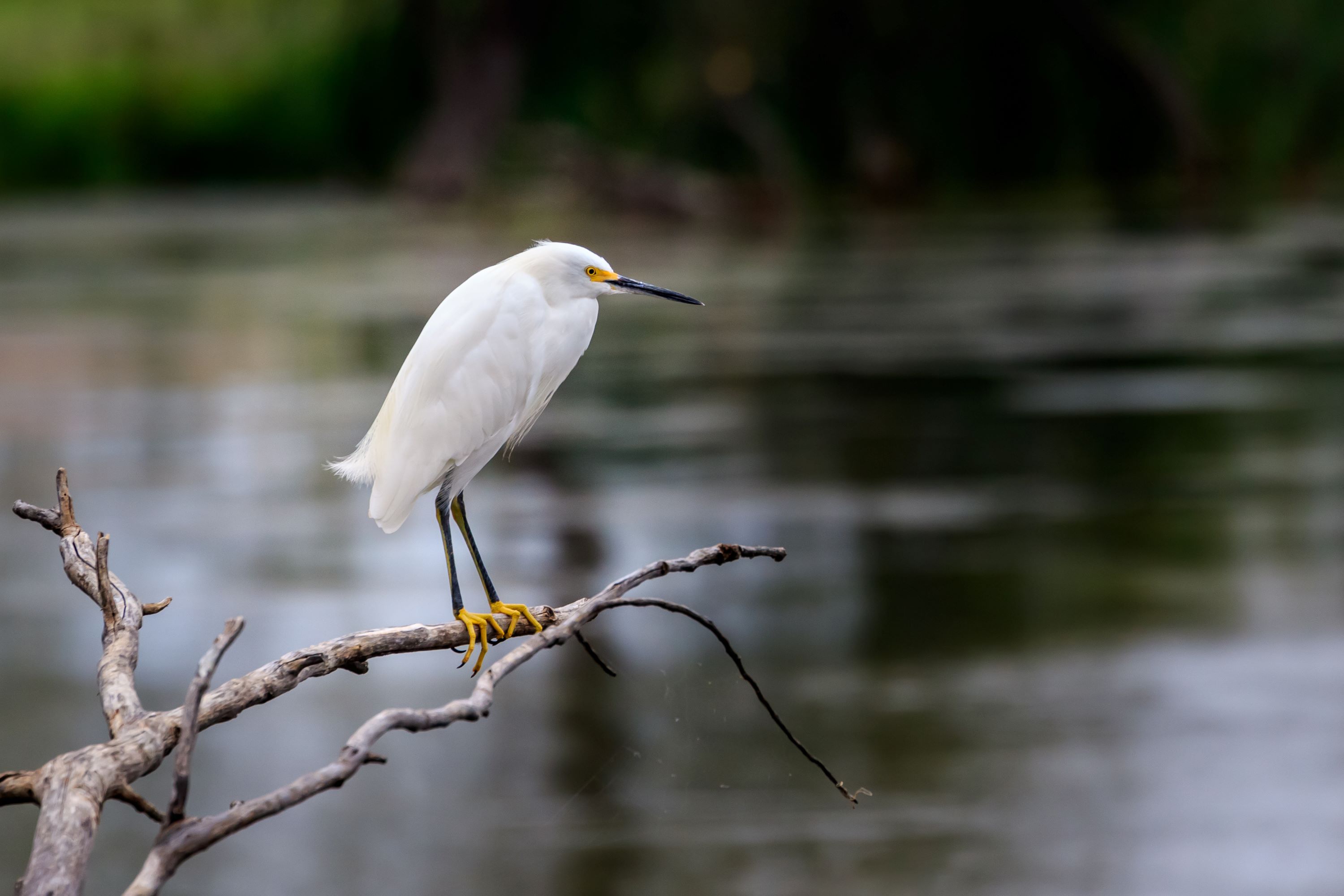
Egg Laying and Incubation
Females usually lay 2 to 6 pale blue-green eggs. Both parents participate in the incubation process, which lasts about 21 to 25 days. The elevated nests help protect the eggs from ground predators.
Chick Rearing and Parental Care
Chicks of Egretta species are altricial, meaning they are born relatively undeveloped and require significant parental care. Both parents feed the chicks, and the young fledge the nest in about 6 to 8 weeks.
Vocalizations and Communication
Egretta egrets are generally not very vocal, but they do produce a variety of sounds for communication, especially during the breeding season. These sounds include croaks, squawks, and chattering noises.
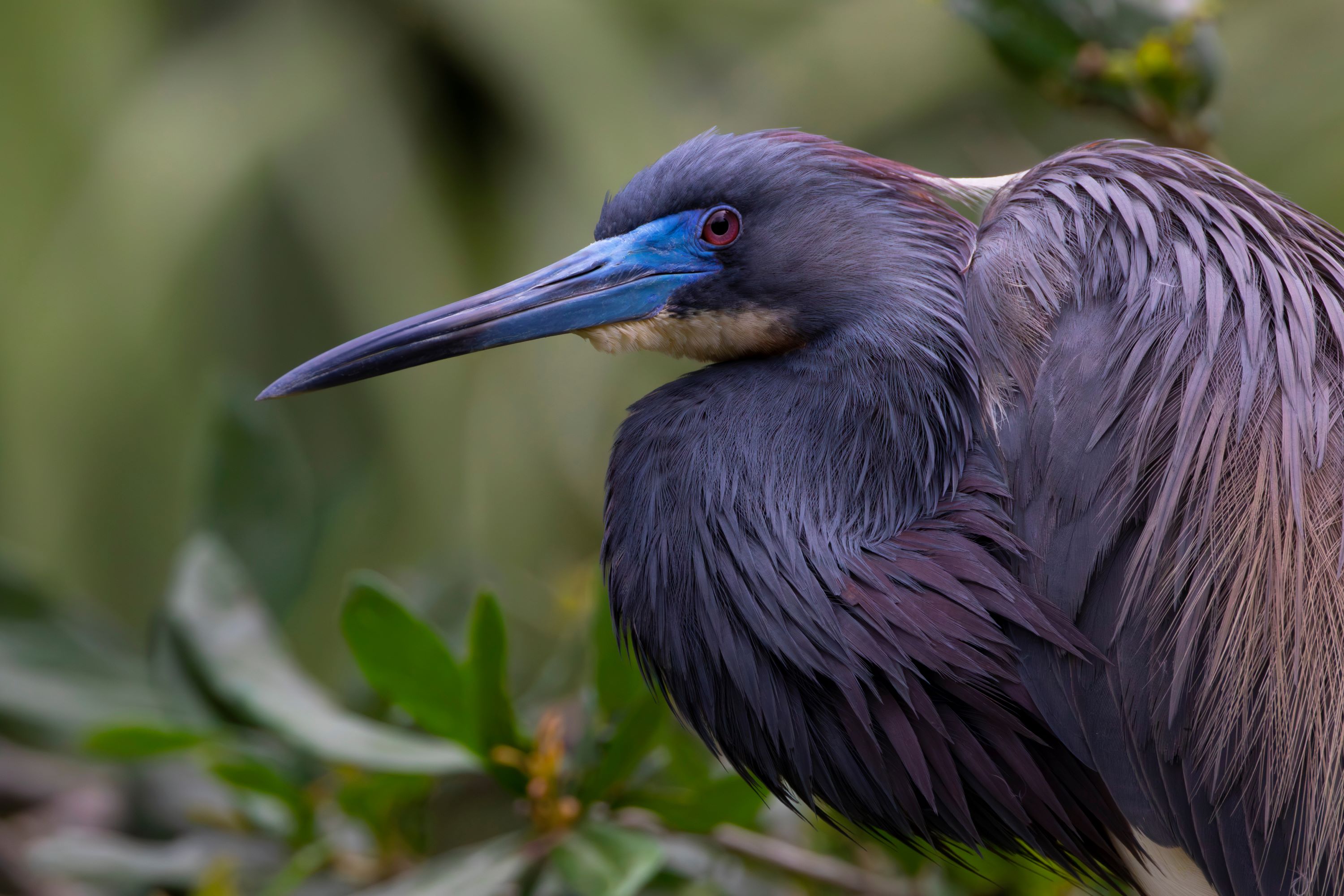
Conservation Status
The conservation status of Egretta species varies. While some species like the Snowy Egret are widespread and common, others, such as the Chinese Egret, face significant threats and are classified as Vulnerable or Endangered.
Similar Species and Taxonomy
The Egretta genus is closely related to other heron and egret genera within the Ardeidae family. It can be distinguished by its size, plumage, and specific behaviors. Members of this genus share similarities but also exhibit unique characteristics that set them apart.
The Egretta Genus in Utah
In Utah, members of the Egretta genus, notably the Snowy Egret, grace various wetland habitats. These elegant birds, characterized by their slender profiles and distinctive plumage, are a significant part of the diverse avian community inhabiting the state's waterways and marshlands. Their presence in these ecosystems indicates the ecological richness and health of Utah's wetland areas, where they can be observed foraging and engaging in their unique behaviors. While the Great Egret, often confused with Egretta species, is actually part of a different genus, the Snowy Egret represents the Egretta genus in Utah's natural habitats.
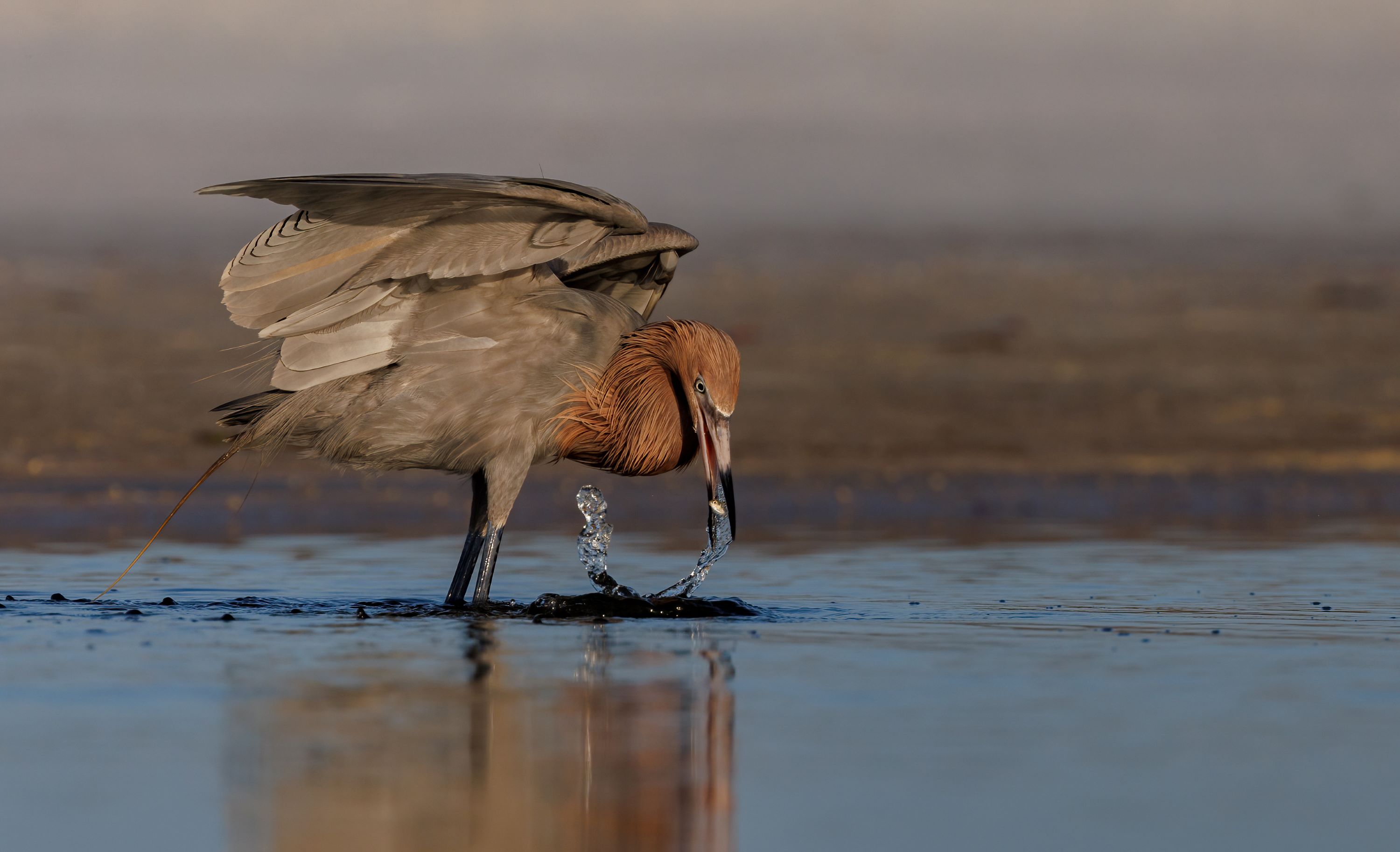
Conclusion
The Egretta genus encompasses a remarkable array of egret species, each with its unique adaptations and ecological niches. These birds are not only important indicators of the health of wetland ecosystems but also hold a special place in the hearts of birdwatchers and nature enthusiasts worldwide. Understanding and conserving the habitats of Egretta species is crucial for maintaining the biodiversity and ecological balance of wetlands globally.
Species in the Genus Egretta:
- The Black heron - Egretta ardesiaca
- The Chinese egret - Egretta eulophotes
- The Dimorphic egret - Egretta dimorpha
- The Little blue heron - Egretta caerulea
- The Little egret - Egretta garzetta
- The Pacific reef heron - Egretta sacra
- The Pied heron - Egretta picata
- The Reddish egret - Egretta rufescens
- The Slaty egret - Egretta vinaceigula
- The Snowy egret - Egretta thula
- The Tricolored heron - Egretta tricolor
- The Western reef heron - Egretta gularis
- The White-faced heron - Egretta novaehollandiae